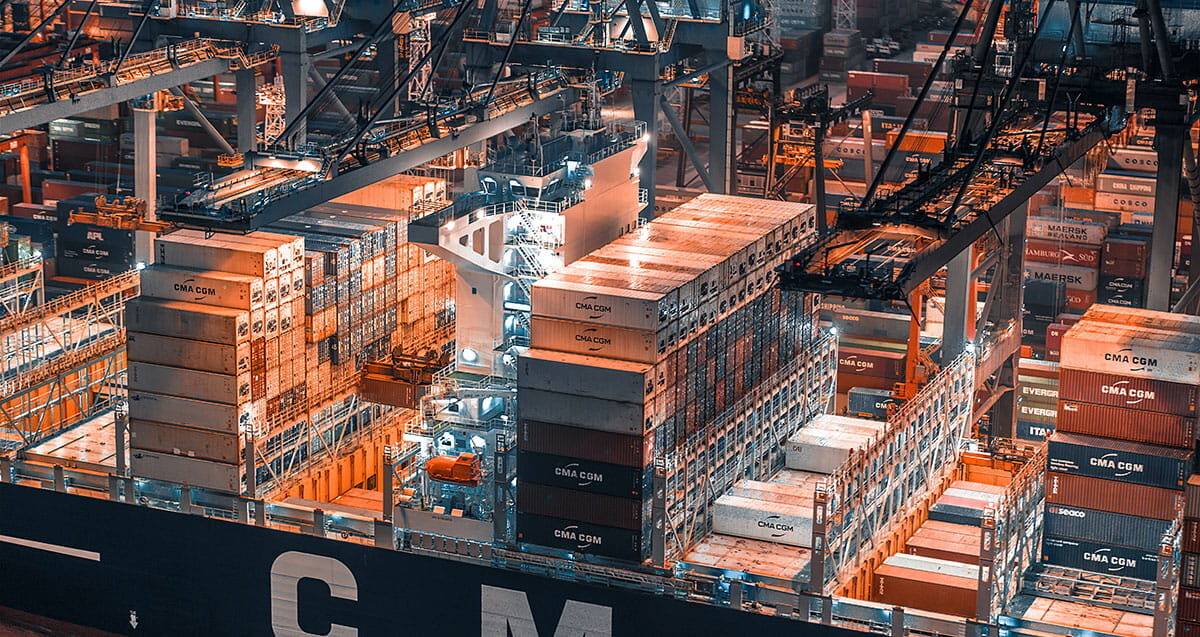Email
shipping@velocitymea.com
Phone Number
+971 4 3476158
Velocity MEA


